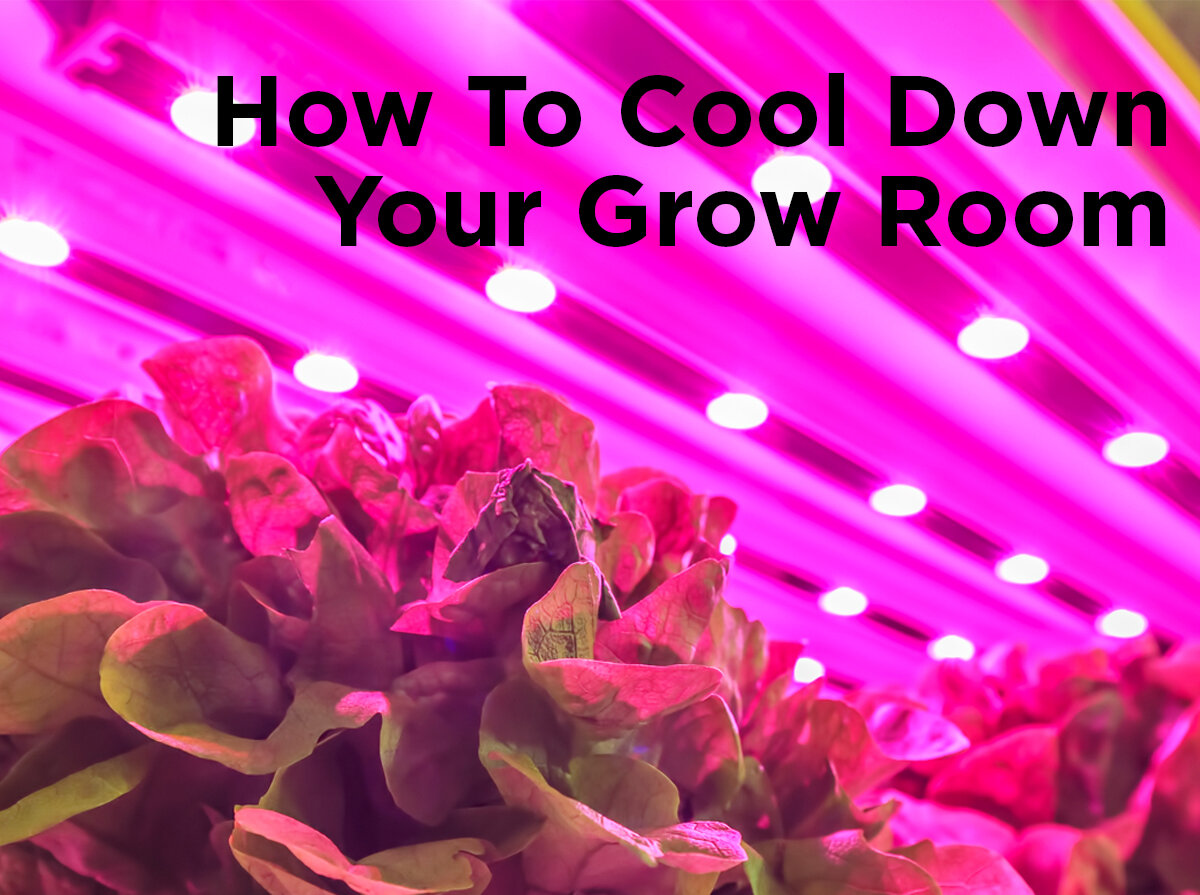How Water Quality Affects Your Plants
Water is vital for life as we know it. With the exception of certain types of microbes, everything on earth needs water to survive and requires it to thrive. But just as there are many different types of living things on Earth, the type of water needed (mostly what’s dissolved in the water) varies from organism to organism. The water you need for drinking and the water you use on your plants for nourishment are, by necessity, different. Take a look at where your water comes from, what could be in your water, and how you can find out for yourself.
Types of Water
Water is usually split into categories of hard or soft water. The difference between the two is the amount of salts and bicarbonates dissolved in the water. Hard water contains large amounts of salt and bicarbonates while soft water contains lower quantities. Hard water leaves behind scale and water stains on surfaces. For plants, this means that hard water will cause a layer of salt and calcium carbonate to form on the soil (or roots) which will eventually begin to repel water. Moreover, since fertilizers have a very high salt content, watering your plants with a fertilizer and hard water solution will result in an even heavier residue, making watering even more difficult.
Tap water (running water, city water, municipal water, etc.) is water supplied to a tap, or residential or commercial faucet. Part of the purification process for municipal tap water involves adding chlorine to purify the water. The chlorinates used, while fit for human consumption, remove micro-organisms from the soil. While it doesn’t take long for these organisms to return after watering, consistent use of chlorinated water in a hydroponic system will prevent micro-organism growth in grow mediums. Older piping can also contaminate water with bits of metal or dirt which can lead to clogged emitters or filters in irrigation systems. Tap water is the most common source of water for plants but the varying quality requires close monitoring and testing.
Distilled water is made using steam vaporization to remove contaminants. While relatively free of salts and bicarbonates, it’s very expensive, making it a bad choice for watering plants. Reverse osmosis water is a much better source of fresh water that’s fit for consumption by both humans and plants. The water is relatively free of salts, making it useful for cleaning soil or for liquid fertilizers.
The best source of water for plants is rain water. Rain water is clean and contains very few contaminants when it’s collected properly (e.g. covered barrels using clean conduits to move the water before it touches dirt or other contaminants).
How to Test Water
While proper testing of water sources should be done by official testing centers or universities, it can be an expensive process when all you want is to see if water is the source of your plant’s slow growth. For that, there are several instruments you can use to test your water and soil for contaminants and harmful elements. Obviously if you use the same tap water as your home and have trouble with hard water stains, then your tap water is high in salts and bicarbonates. If you use a water source other than your home tap, you can test it for pH value or electrical conductivity (EC).
As shown previously, pH values can reflect what’s in your water or soil based on nutrient levels. Highly acidic water is going to be very salt heavy and bad for your plants. The average pH for most plants should be around 5.5. EC in water is normally very low (pure water is actually a very good insulator) but contaminants in water act as an electrical conductor. The higher the level of contamination in the water, the higher the conductivity of the water will be. A quick EC check can give you insight into how clean your water is. For standard plants, an EC value of 2.0 deciSiemens/meter (a measure of electrical conductivity) is ideal.
Reducing Harmful Elements
So now that you know that your water has high concentrations of salts, what can you do about it? You could switch to an entirely new source, but this can be expensive as it means purchasing water or moving your greenhouse. If switching to rain or reverse osmosis water is not an option, you should leach the soil or grow medium regularly. Leaching is done by rinsing the roots and soil with pure water to dilute or wash away the salts. As a general rule, we recommend a clean water rinse every third watering anyway. Your last option is to find salt tolerant plants like asparagus or squash.
It should be noted that using water softeners for irrigation water is discouraged. Water softeners leave high concentrations of sodium or potassium which can create new problems for your plants.
There you have it. Base water quality is something you should keep in mind when raising plants, indoors or out! The most accurate method is to contact a testing center to measure the content of your water, but a quick EC or pH test can help you identify problems in the short term for yourself. If you have any tricks you’d like to share, comment below so we can all benefit. We’d also love to hear from you or see the projects you’re working on through Facebook, Twitter, LinkedIn, or Pinterest!








